Statistics on Indigenous peoples
Note: The term 'Aboriginal' or 'Indigenous' used on the Statistics Canada website refers to individuals identifying themselves as 'First Nations people, Métis or Inuit'.
Find data on
 Demographic characteristics and Indigenous groups
Demographic characteristics and Indigenous groups Education, learning and skills
Education, learning and skills Health and well-being
Health and well-being Income and spending
Income and spending Indigenous children
Indigenous children Indigenous population profiles
Indigenous population profiles Labour and employment
Labour and employment Language and culture
Language and culture Living arrangements and housing
Living arrangements and housing Victimization and crime
Victimization and crime Other content related to Indigenous peoples
Other content related to Indigenous peoples
Key indicators
Selected geographical area: ~ ' ' ~ Canada ~ ''; ?>
-
1,807,2509.4%
 (period-to-period change)
(period-to-period change) -
1,048,4059.7%
 (period-to-period change)
(period-to-period change) -
624,2206.3%
 (period-to-period change)
(period-to-period change) -
70,5458.5%
 (period-to-period change)
(period-to-period change)
Features
Indigenous Statistical Capacity Development Initiative

The Indigenous Statistical Capacity Development Initiative enables Indigenous organizations and communities to develop and sustain their own statistical capacity by providing training on various topics related to statistics. The following instructor-led online training sessions are intended for and offered to First Nations, Métis and Inuit participants, communities, and Indigenous organizations.
Available online training sessions
- Introduction to Statistics
- Navigating the Statistics Canada Website
- Analysis 101
- Exploring Data Visualizations
- Introduction to Excel
- Questionnaire Design
- Telling a Data Story - Writing with Numbers
- Preparing Funding Proposals
- Surveys from Start to Finish
- Using Indigenous Data from the 2021 Census
If you are interested in learning more about our workshops, contact us directly at statcan.cisp-iscdicspa-idcsa.statcan@statcan.gc.ca.
Looking for data on your community?
Indigenous Liaison Program
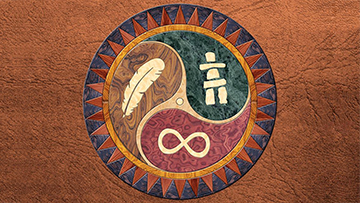
The Indigenous Liaison Program serves as a bridge between Statistics Canada and First Nations, Métis and Inuit communities and Indigenous organizations.
Population with Indigenous identity across Canada
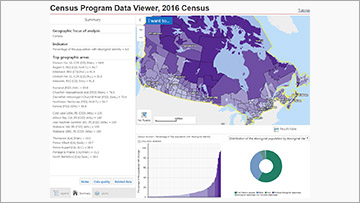
Explore the distribution of the population with Indigenous identity across Canada in 2021 using the Census Program Data Viewer.
Focus on Geography Series, 2021 Census of Population

Focus on Geography Series, 2021 Census of Population: Focusing on a selected geographic area, this product presents data highlights for each of the major releases of the 2021 Census.
Indigenous Population Profile, 2021 Census
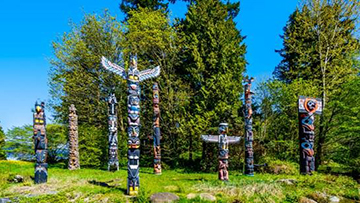
The Indigenous Population Profile presents information from the 2021 Census of Population focusing on the Indigenous identity population and Indigenous households of various geographic areas.
2016 Census Aboriginal Community Portraits
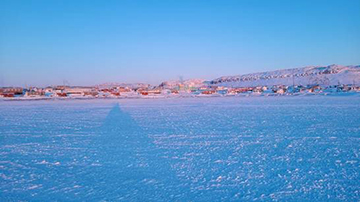
The 2016 Census Aboriginal Community Portrait Series presents 2016 Census of Population information for First Nations, Métis and Inuit communities in a visual and accessible way.
Indigenous languages in Canada, 2021 Census of Population

Indigenous languages in Canada, 2021: This product presents information from the Census of Population focusing on Indigenous languages.
Related hubs
Gender, diversity and inclusion
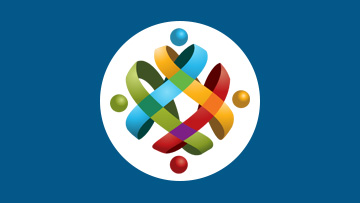
A focal point for data produced by Statistics Canada's Centre for Gender, diversity and inclusion statistics.
Early Learning and Child Care Information Hub

The Early Learning and Child Care Information Hub will continue to grow as new information becomes available.
The Rural Canada Statistics Portal

The Rural Canada Statistics Portal: Explore the growing field of data, analyses, and tools focused on the vibrant rural communities and regions of Canada.
Other resources
- Indigenous Peoples Reference Guide, Census of Population, 2021
Data collected from the 2021 Census of Population are used to derive summary and detailed variables that provide a portrait of Indigenous peoples in Canada. - Indigenous Peoples Technical Report, Census of Population, 2021
- Indigenous Learning Portal
Learn more about Indigenous history, languages, cultures, experiences and more! - Indigenous Services Canada: Community Well-Being Index
The Community Well-Being (CWB) index measures socio-economic well-being for communities across Canada over time. It has 4 components: education, labour force activity, income and housing - Government of Canada: Open Data
Search open data that is relevant to Canadians, learn how to work with datasets, and see what people have done with open data across the country - First Nations Information Governance Centre (FNIGC): Surveys
Feedback
What do you want to see on this page? Email infostats@statcan.gc.ca to let us know.








